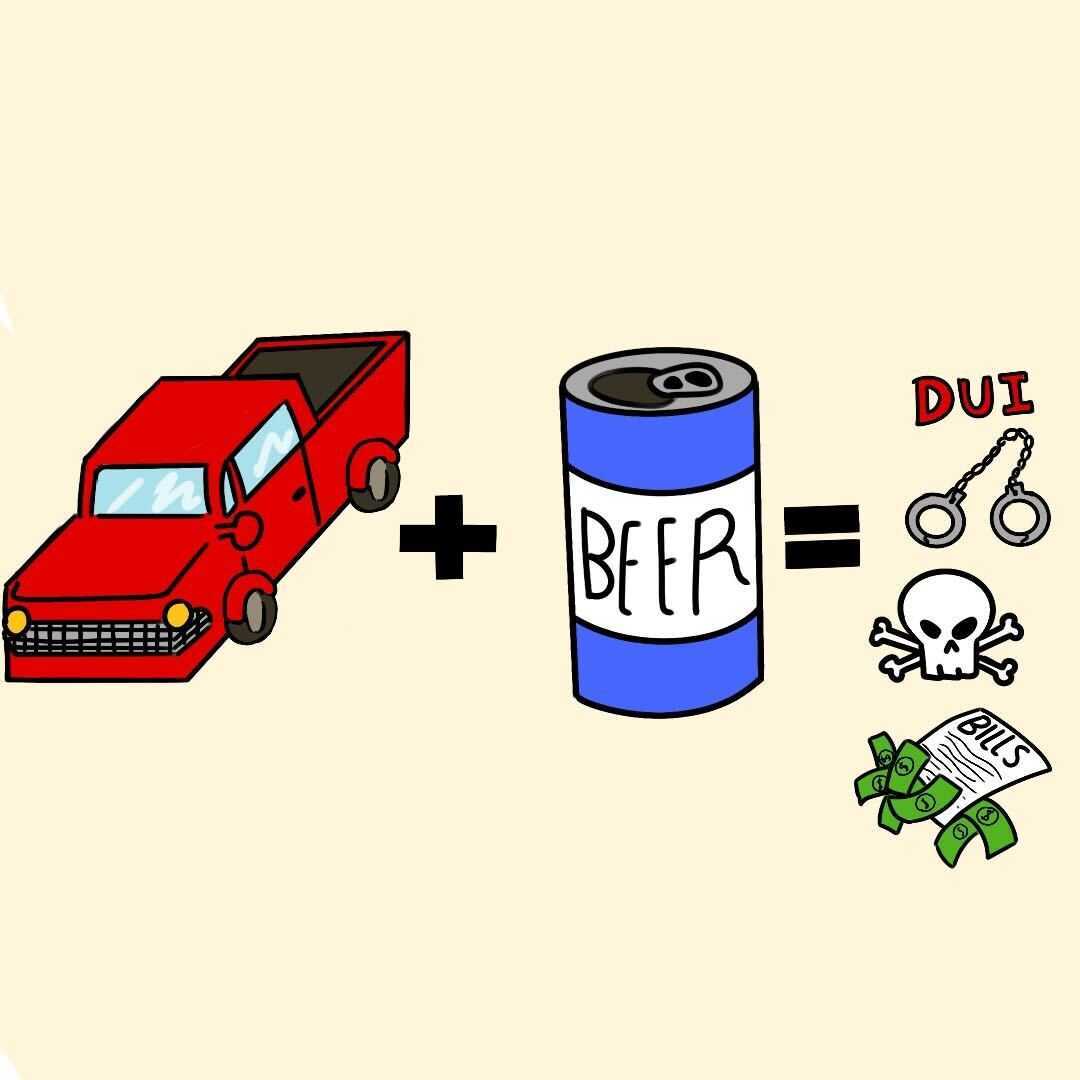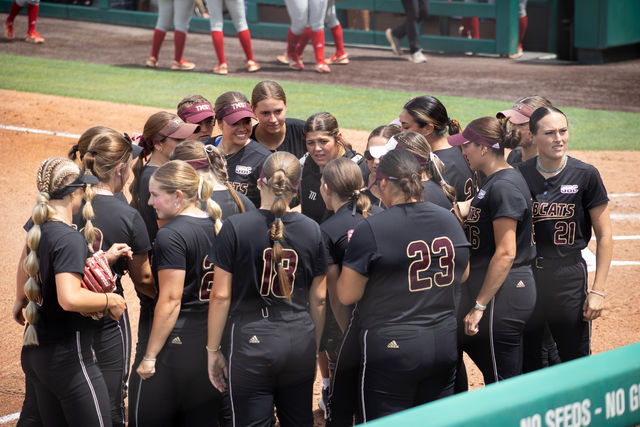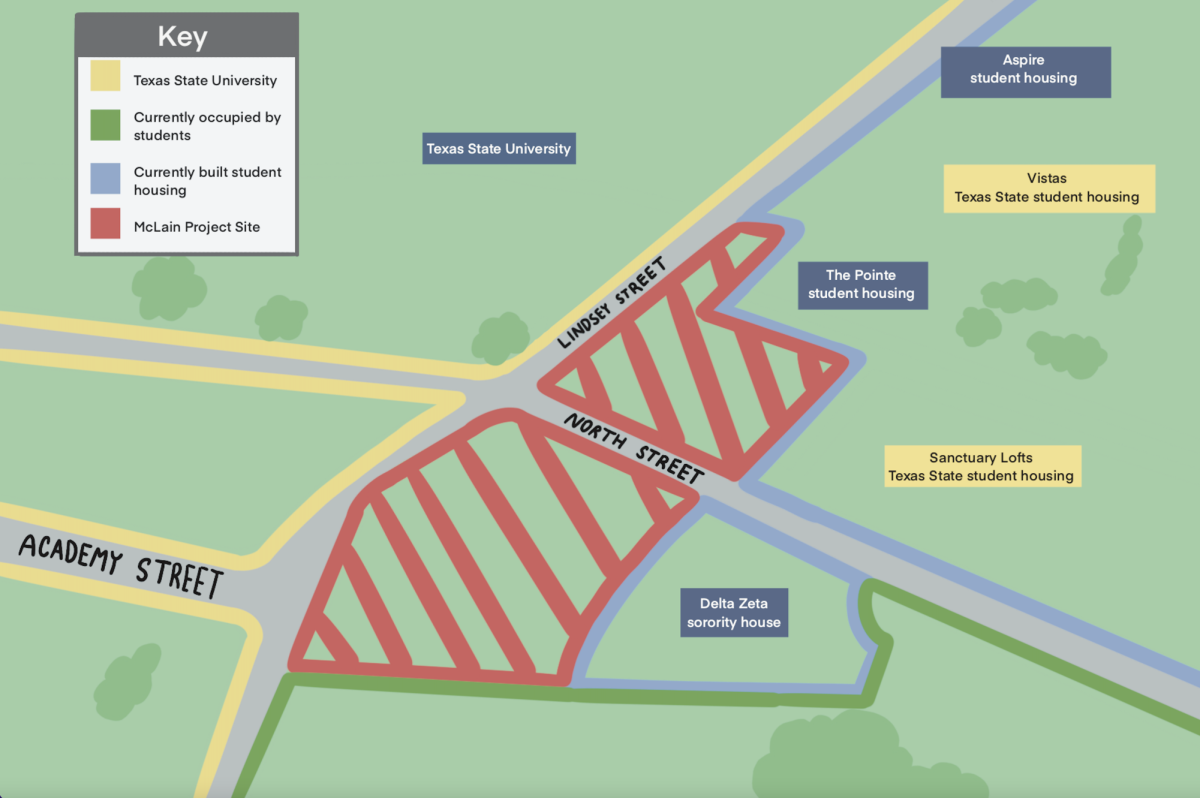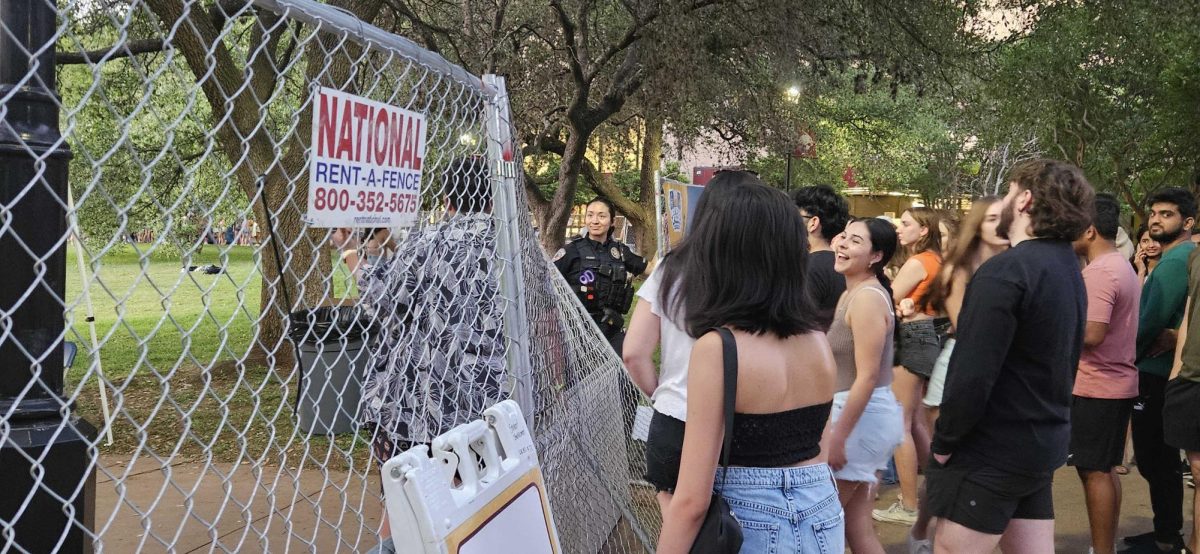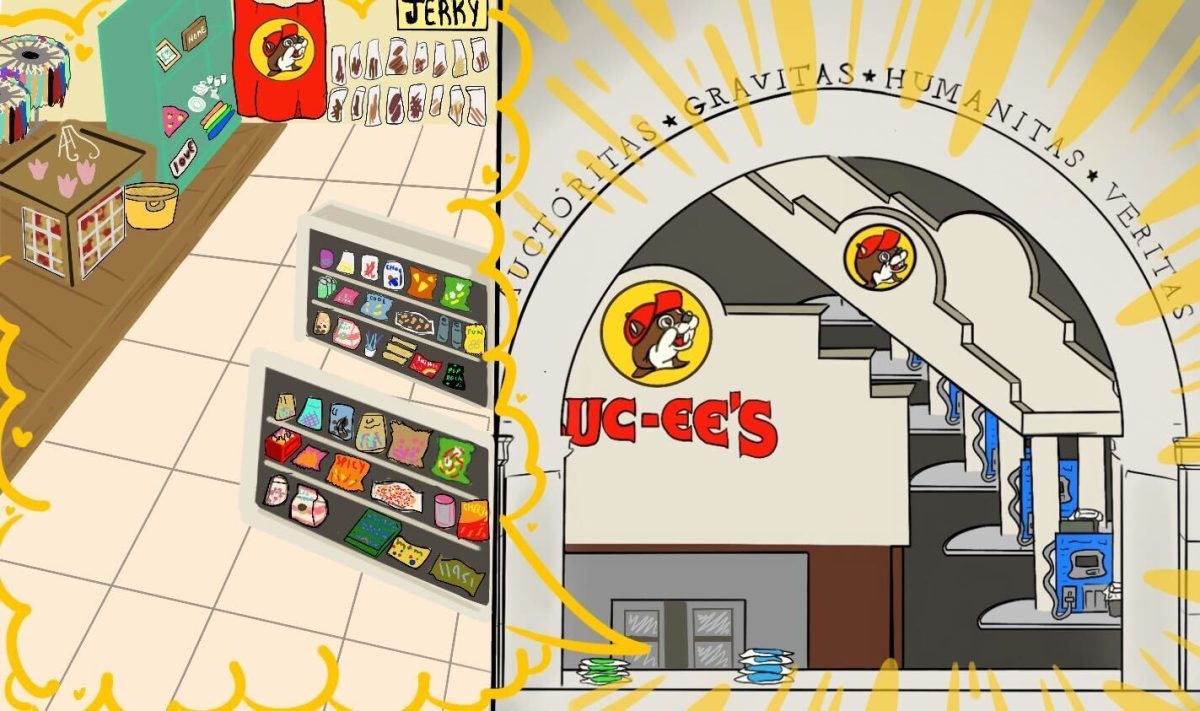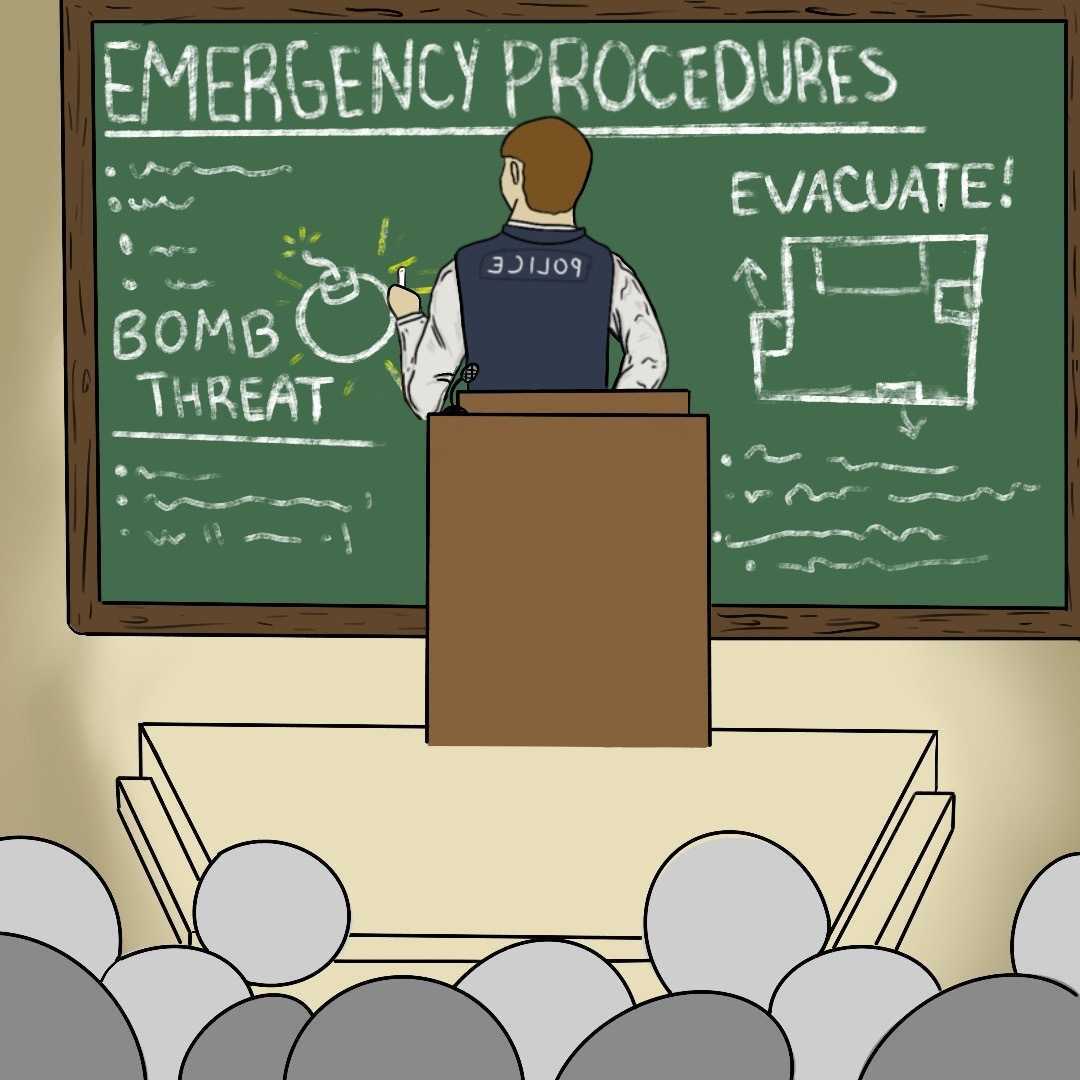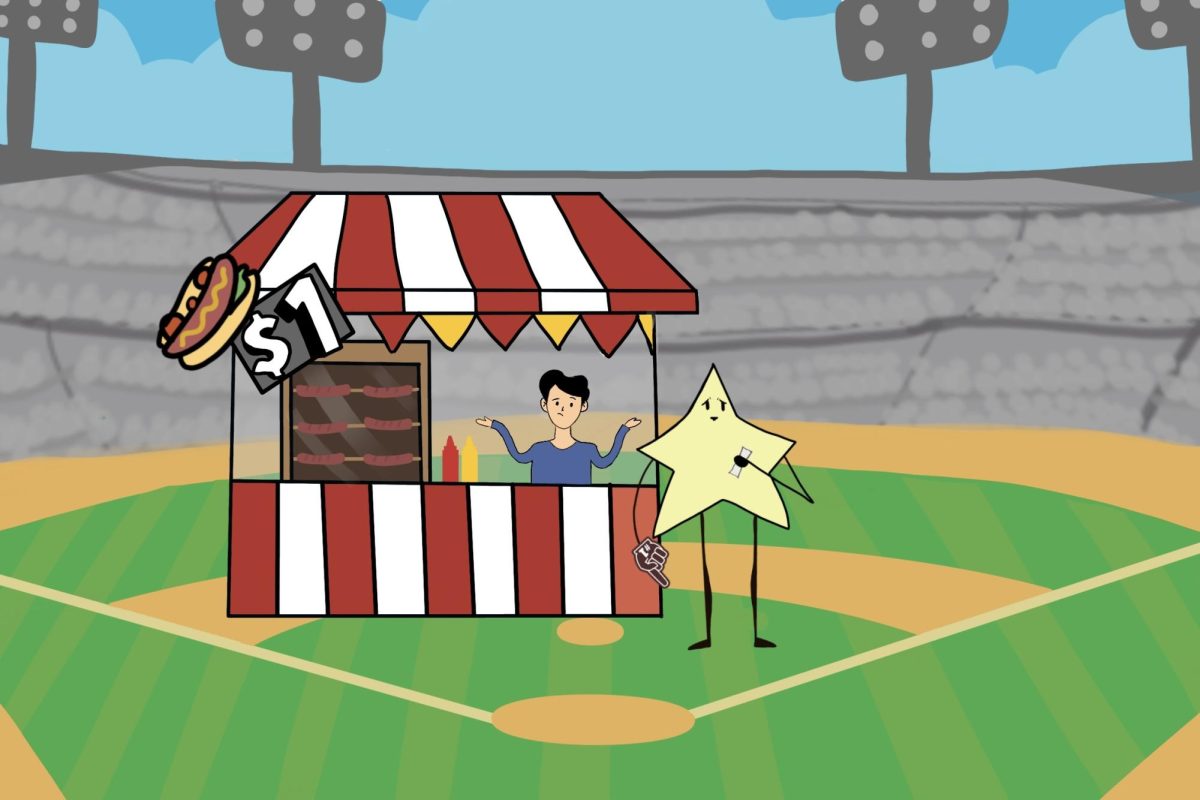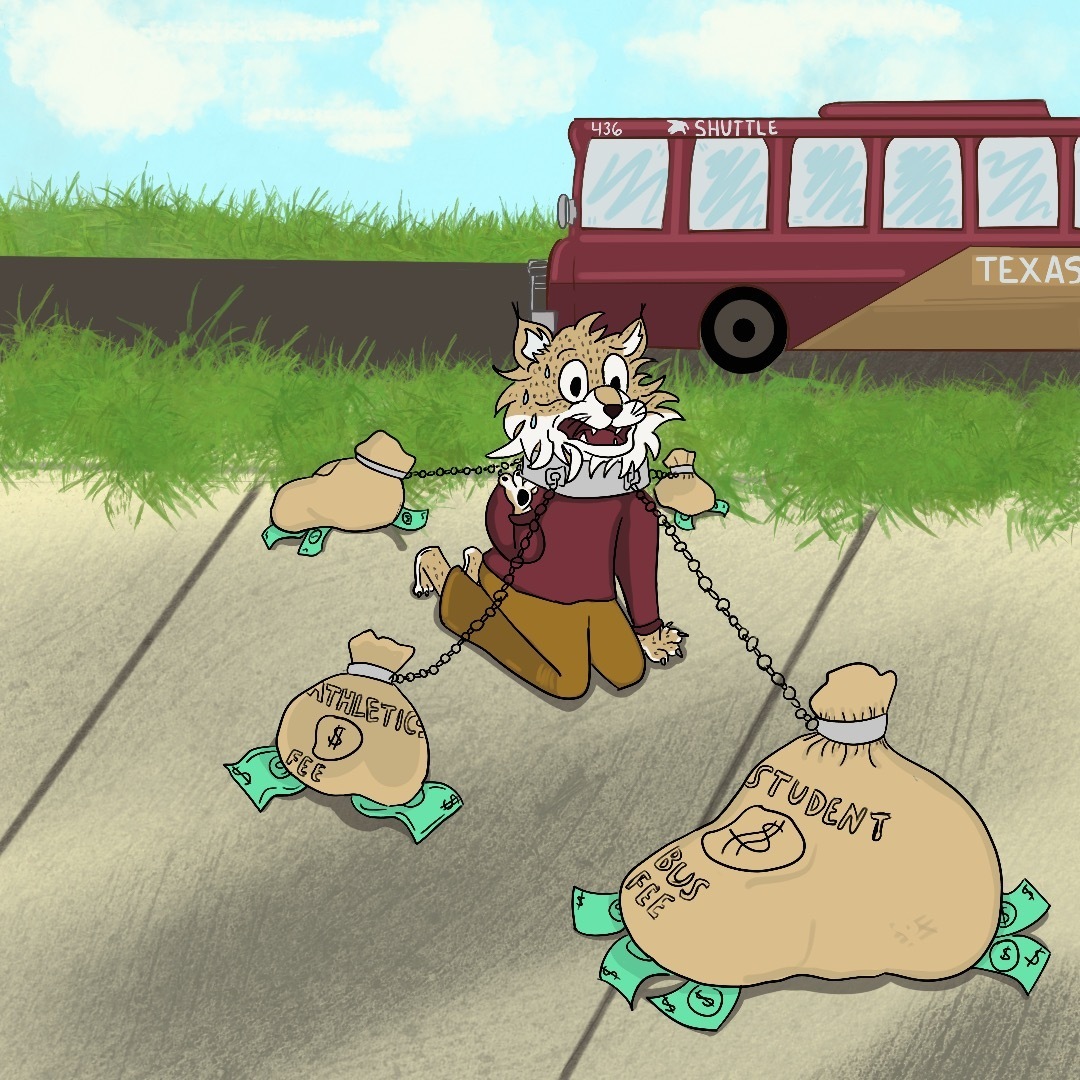A food bank is a tremendous resource for college students or anybody in need of help. Supplied by donations and incentive drives, local food banks work to provide food stability through the distribution of food packages.
Due to the COVID-19 pandemic, food banks have found themselves largely overwhelmed. The pandemic has also highlighted a big issue plaguing food banks: The lack of year-round donations.
Typically, food banks get supplies from donation drives. They are able to utilize those donations and distribute them for free throughout the community; however, these charity events occur mainly during the holidays, which can leave a food bank struggling to make the most out of its resources through the end of any given year.
For the Hays County Food Bank, monetary donations go far in helping the community. The food bank’s Executive Director Eleanor Owen-Oshan says monetary donations allow the food bank to supply more resources for clients.
“Financial donations allow us to be able to purchase the things that we are in need of at the moment,” Owen-Oshan said. “It’s usually a network between food banks that allow us to purchase items at a discounted rate or at a bulk rate, rather than you purchasing something at a grocery store and bringing it here.”
In an NPR podcast, Katherina Rosqueta of the University of Pennsylvania’s Center for High Impact Philanthropy mentioned that monetary donations help buy food in bulk, adding that “the same $10 that you would spend to, say, get three cans of food, could actually buy retail value 20 times more food.”
“It’s why [food banks] say one dollar will buy four meals,” Owen-Oshan said. “That’s where they get that equation. It provides us an opportunity to buy more when we get financial donations.”
Food drives provide a multitude of non-perishable canned goods to put in food pantries. Because of those donations, food banks are able to sustain the levels of need from their communities and, during the holidays, they give food banks the necessary boost to maintain pantries stocked.
“Food drives are wonderful,” Owen-Oshan said. “It’s a very good physical [and] visual way for the community to give and feel part of helping another person. We’ve gotten a couple of really good ones recently; the end of the year is always a good time for them. That’ll help us sustain and get canned goods out through the end of the year for sure.”
Although the holidays spark a jump in donations, they often leave food banks with little resources through the end of the year. Due to the lack of attention year-round, food banks may find themselves struggling.
“Usually, we have done a Spring Harvest Healthy Food Drive challenge around March and April,” Owen-Oshan said. “We’re in need again. It’s cyclical. End-of-the-year donations and food will sustain us for a couple of months into the year.”
The ongoing pandemic has increased the need for food banks. There are college students who are food insecure. For the Hays County Food Bank, there has been a significant increase of people in need of their services.
“Our community has been very generous because of the pandemic,” Owen-Oshan said. “We have seen a rise in clients accessing our services, so that has worked out. We have continued to be able to provide the level of service that we always have, because of good donations at the end of the year this year.”
“I don’t know what’ll happen this next year,” Owen-Oshan said. “People are probably going to reach donor fatigue, move on—there’s so much going on and so much need in so many different areas, it’s hard to anticipate.”
It is why cash donations are far better than donating canned foods. Food banks would likely not run into sustainability issues if both food drives and cash donations occurred at high frequencies.
The pandemic has also largely shaped how food banks operate. With different protocols and new guidelines to follow, Owen-Oshan detailed how the Hays County Food Bank has had to adjust to best fit the needs of its clients.
“We switched to drive-thru distribution models. We used to do it indoors, which was beneficial for clients to have a choice, but now we have to pre-bag everything so that we can get it quickly done as easily as possible,” Owen-Oshan said. “That was a big change for us. It was a change for our staff to learn how to manage all of that. With an increase in numbers, trying to manage the traffic sometimes is a struggle, but we’re getting through it. We’re doing it. We’ve been able to manage so far.”
Working closely with Bobcat Bounty, Hays County Food Bank finds itself with tremendous support from the community. This support is key to those in need, and it is why it is imperative that donations occur year-round.
“We are grateful for the support we’ve gotten from the community, and how people have reached out to try and figure out a way that they can help, whether it has been through volunteering, financial donations, or food drives,” Owen-Oshan said. “We just ask that the community continues to try and help us through this because we are all stronger together when we support and help each other.”
Owen-Oshan’s words ring true: The community is stronger when it supports and helps one another.
– Valeria Torrealba is a public relations junior
The University Star welcomes Letters to the Editor from its readers. All submissions are reviewed and considered by the Editor-in-Chief and Opinion Editor for publication. Not all letters are guaranteed for publication.

